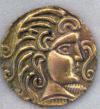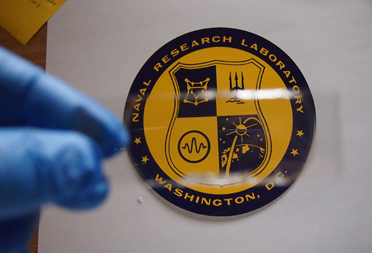

| Online: | |
| Visits: | |
| Stories: |

| Story Views | |
| Now: | |
| Last Hour: | |
| Last 24 Hours: | |
| Total: | |
Lighter, Field Repairable Transparent Armor Developed. Damage Can Be Fixed on-the-Fly
Research chemists at U.S. Naval Research Laboratory (NRL) have developed and patented a transparent thermoplastic elastomer armor to reduce weight, inherent in most bullet-resistant glass, while maintaining superior ballistic properties.
The NRL-developed transparent polymer armor consists of alternating layers of elastomeric polymer and a harder material substrate. Very small crystalline domains, which also provide rigidity, give the polymer its transparency.
Up to now, NRL scientists have tested the use of polymeric materials as a coating to achieve improved impact resistance of hard substrates. Applying polyurea and polyisobutylene layers enhance the ballistic performance of armor and helmets, and achieve greater ballistic effectiveness and mitigation of blast waves.
B y using a variation of employing thermoplastic elastomers, NRL scientists are able to recreate superior ballistic properties of polyurea and polyisobutylene coatings, with the added benefit of the material being transparent, lighter than conventional bullet-resistant glass, and repairable.
“Because of the dissipative properties of the elastomer, the damage due to a projectile strike is limited to the impact locus. This means that the affect on visibility is almost inconsequential, and multi-hit protection is achieved,” Roland said.
NRL’s transparent thermoplastic elastomer armor technology is covered by U.S. Patent #9,285,191; “Polymer Coatings for Enhanced and Field-Repairable Transparent Armor.”
Contacts and sources:
Daniel Parry
U.S. Naval Research Laboratory (NRL)
Source:



